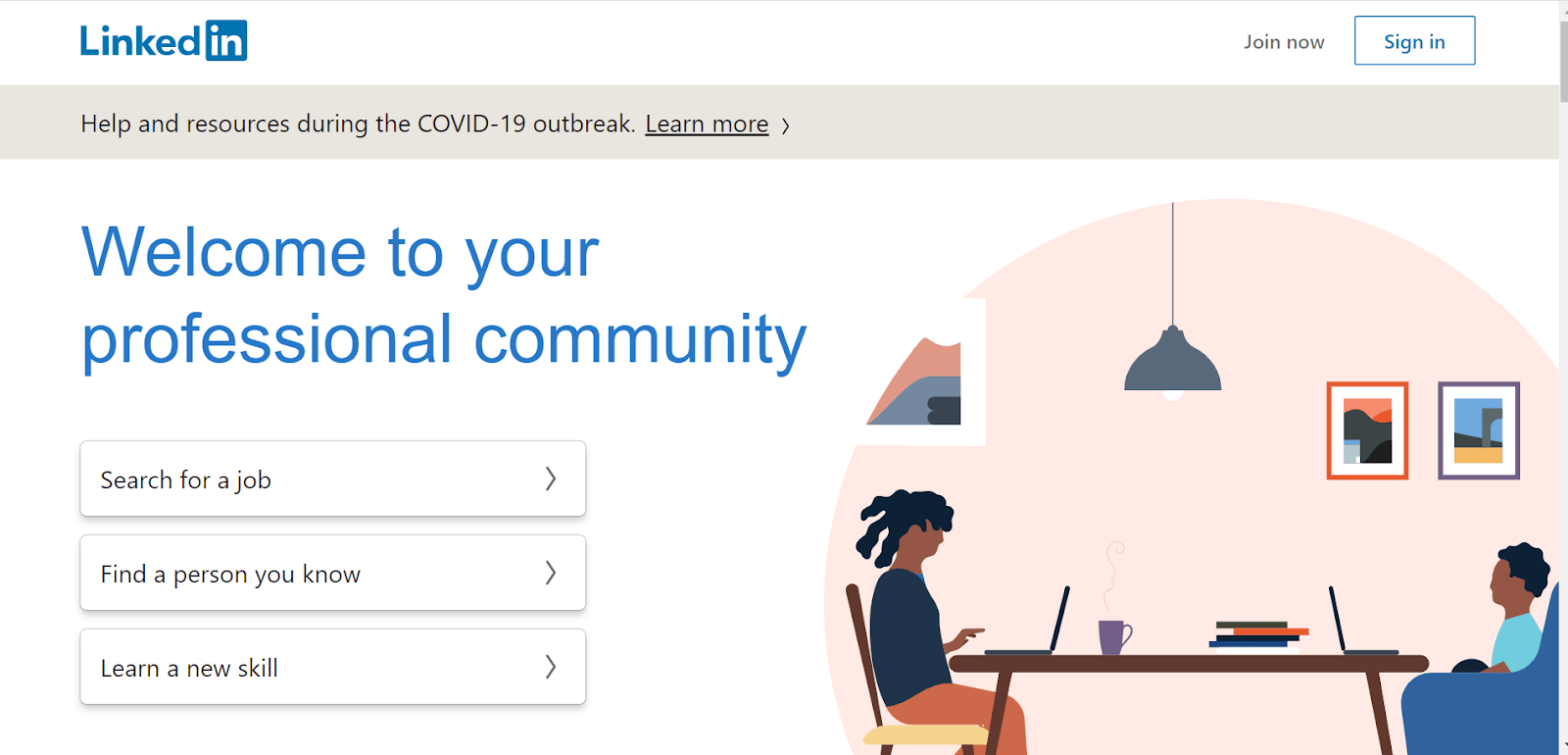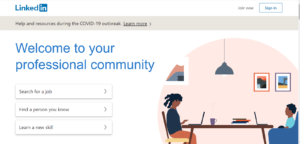LinkedIn groups are a great way to connect with professionals and share ideas. But how do you grow your group and keep members engaged? Don’t worry, we’ve got you covered.
In this blog post, we’ll show you some simple strategies to help you expand your LinkedIn group and get everyone involved.
1. Choose a relevant topic for your LinkedIn group
Picking the right topic for your LinkedIn group is important. You want to choose something related to your job or industry that will interest other professionals. This way, they’ll want to join and participate in the group.
Think about what you’re good at and what you enjoy. Consider what information or discussions would be helpful for others in your field. Also, look for popular topics in your industry to make sure there are people who want to join your group.
For example, if you’re a digital marketer, you could create a group about digital marketing strategies and tools. This would attract other digital marketers who want to learn and share their experiences.
2. Create a clear and concise description for your LinkedIn group
Create a clear and short description that explains what your group is about and what members will get from joining. Make sure it’s easy to understand.
In the description, clearly state the purpose of your group. For example, if it’s a group about digital marketing, mention that it’s a place to discuss digital marketing strategies, share insights, and connect with other professionals in the field.
Keep the description concise. This means using short sentences and only including the most important information. Potential members should be able to quickly read it and understand what the group is all about.
3. Set clear rules and guidelines for your LinkedIn group
Make sure you have clear and simple rules for your group. These rules are like guidelines that everyone should follow to keep the group a friendly and helpful place.
One rule can be about spam, which means not posting things that are irrelevant or repetitive. Another rule can be about self-promotion, which means not constantly talking about your own products or services.
It’s also important to address negative behavior, like bullying or being mean to others. Make it clear that people should be respectful and kind in their discussions.
4. Promote your Linkedin group
After creating your group, you want to let people know about it so they can join. Here are some easy ways to promote your group:
- Share it on your LinkedIn profile: Add a post or update your profile to mention your new group. Let your connections know about it and invite them to join.
- Use your company’s newsletter: If you have a company newsletter, include a mention or a link to your group. This way, people in your company can discover and join the group.
- Share on social media: Use other social media platforms like Facebook, Twitter, or Instagram to promote your group. Create posts with a link to your group and explain what it’s about.
- Ask others to share: Reach out to your colleagues, friends, or industry peers and ask them to help spread the word about your group. They can share it with their own networks.
5. Be an active moderator
Being a moderator of a group can be challenging but rewarding. It’s important to be involved and pay attention to what’s happening. This means actively joining conversations, answering questions, and getting rid of any spam or offensive content.
When you participate in discussions, it means being there and taking part in the conversations. You can share your thoughts, ideas, and opinions with others. It’s also a good idea to encourage others to join in and keep the conversation flowing.
Answering questions is another important part of being a moderator. You should try your best to give helpful and correct answers. If you don’t know the answer, you can tell the person and try to guide them to someone who can help.
Spam is when people post messages that are irrelevant or not wanted. This can disrupt the discussions in the group. Offensive content is anything that is disrespectful, discriminatory, or harmful to others. If you see any of this kind of content, you should remove it quickly to make sure everyone feels safe and respected.
6. Be patient
Building a successful LinkedIn group requires patience. You shouldn’t expect instant results. It takes time for your group to gain traction and for people to join and engage with your community.
To help your group grow, continue promoting it and spreading the word. Share information about your group with your connections, colleagues, and relevant communities. Encourage others to join and participate.
Participating in discussions within your group is also crucial. Be active and contribute valuable insights and information. Engage with other members by asking questions, offering advice, and showing genuine interest in their contributions.
Conclusion
Growing and maintaining an engaging LinkedIn group requires strategic steps and commitment. By selecting a relevant topic, creating a clear description, setting guidelines, and promoting your group through various channels, you can attract professionals who share similar interests and goals.
As an active moderator, your role involves actively participating in discussions, answering questions, and promptly addressing any spam or offensive content.
Remember to be patient throughout the process, as building a successful community takes time and consistent effort. By following these strategies and remaining dedicated, you can create a thriving LinkedIn group where professionals can connect, share ideas, and foster meaningful relationships.







